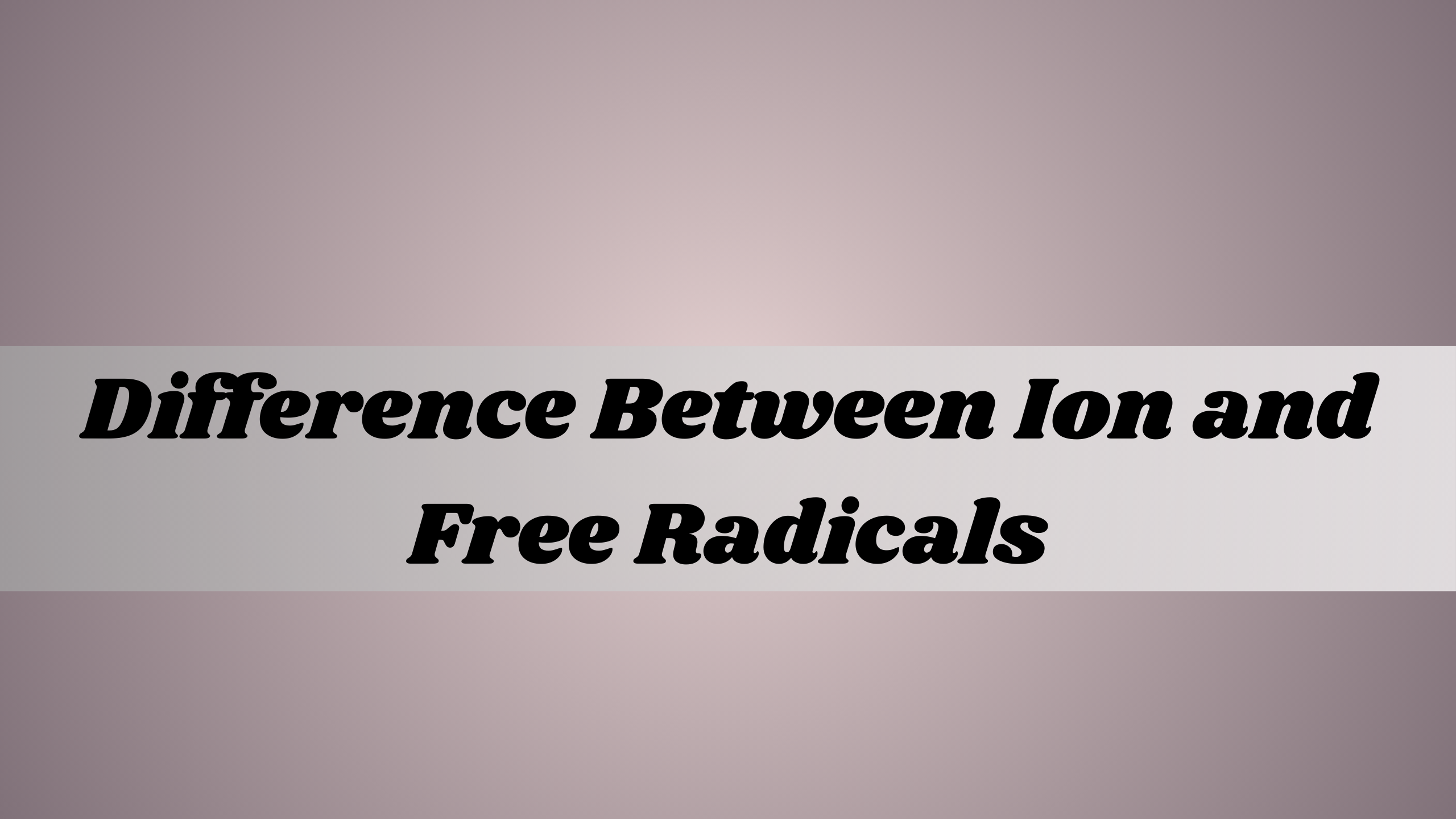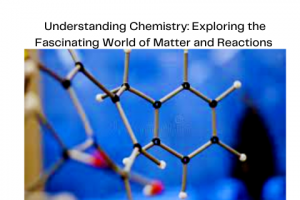
Understanding the Difference Between Ions and Free Radicals
In the world of chemistry and biology, ions and free radicals are two essential concepts that play significant roles in various chemical reactions and physiological processes. While both involve the presence of charged particles, they differ in their nature, behavior, and impact on biological systems.
Ions: Charged Atoms or Molecules
Ions are electrically charged particles that can be either atoms or molecules. They are formed when an atom or molecule gains or loses one or more electrons, leading to an unequal number of protons and electrons. This imbalance in charges results in the formation of positively charged ions, known as cations, or negatively charged ions, known as anions.
The process of ion formation is crucial in many chemical reactions. For instance, in the human body, ions like sodium (Na+), potassium (K+), calcium (Ca2+), and chloride (Cl-) play essential roles in nerve impulses, muscle contractions, and maintaining the body’s pH balance. Additionally, ionic compounds are common in nature, such as table salt (sodium chloride, NaCl), which is a result of the attraction between positively charged sodium ions and negatively charged chloride ions.
Free Radicals: Unstable and Reactive Molecules
On the other hand, free radicals are molecules with unpaired electrons, making them highly reactive and unstable. They are formed during various physiological processes, exposure to environmental factors like pollution, radiation, and toxins, as well as during some cellular metabolic activities. Due to their unstable nature, free radicals seek to stabilize themselves by capturing electrons from nearby molecules, thereby causing a chain reaction of damage to cells and tissues.
While free radicals are generally associated with harmful effects, they also play important roles in the body. For example, immune cells produce free radicals to neutralize and destroy harmful pathogens. However, an excess of free radicals beyond the body’s capacity to control them can lead to oxidative stress, which has been linked to various diseases and aging.
Read Also: Understanding Chemistry: Exploring the Fascinating World of Matter and Reactions
Read Also: Difference between Ions and Radicals with Examples
The Role of Antioxidants
Both ions and free radicals have the potential to impact biological systems. To counteract the harmful effects of free radicals, the body relies on antioxidants. Antioxidants are molecules that can donate an electron to free radicals without becoming destabilized themselves. They effectively neutralize free radicals, preventing cellular damage and reducing the risk of oxidative stress.
Many antioxidants are found in plant-based foods, such as vitamins C and E, beta-carotene, and various phytochemicals. Consuming a diet rich in fruits, vegetables, nuts, and seeds can help provide the body with the necessary antioxidants to maintain a healthy balance and protect against oxidative damage.
In Summary
In summary, ions and free radicals are two distinct entities with different characteristics and effects. Ions are charged particles that result from the gain or loss of electrons, while free radicals are reactive molecules with unpaired electrons. While ions play essential roles in various physiological processes, free radicals can cause cellular damage if not properly balanced by antioxidants. Understanding these concepts can help us appreciate the delicate balance of chemistry and biology within our bodies and the importance of maintaining a healthy, antioxidant-rich diet to support overall well-being.




